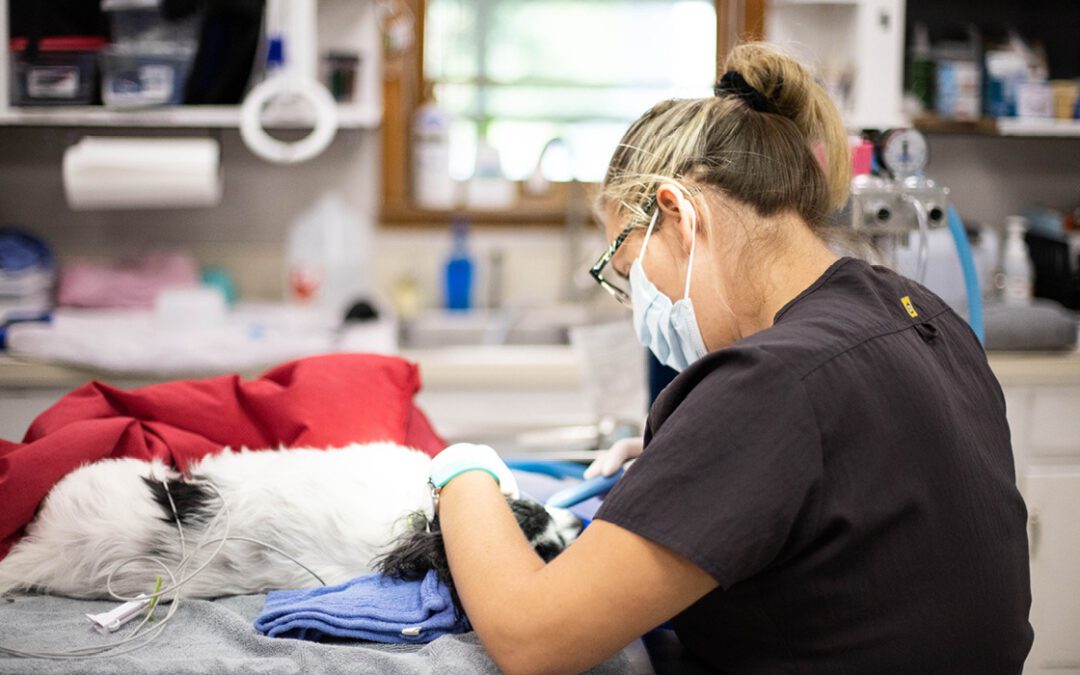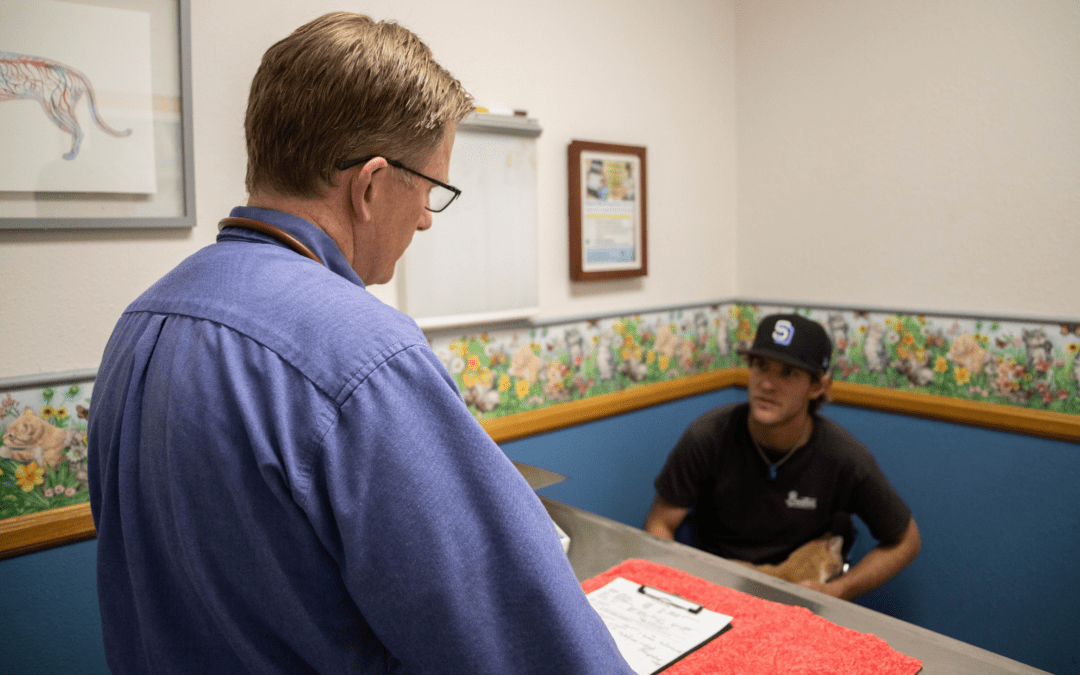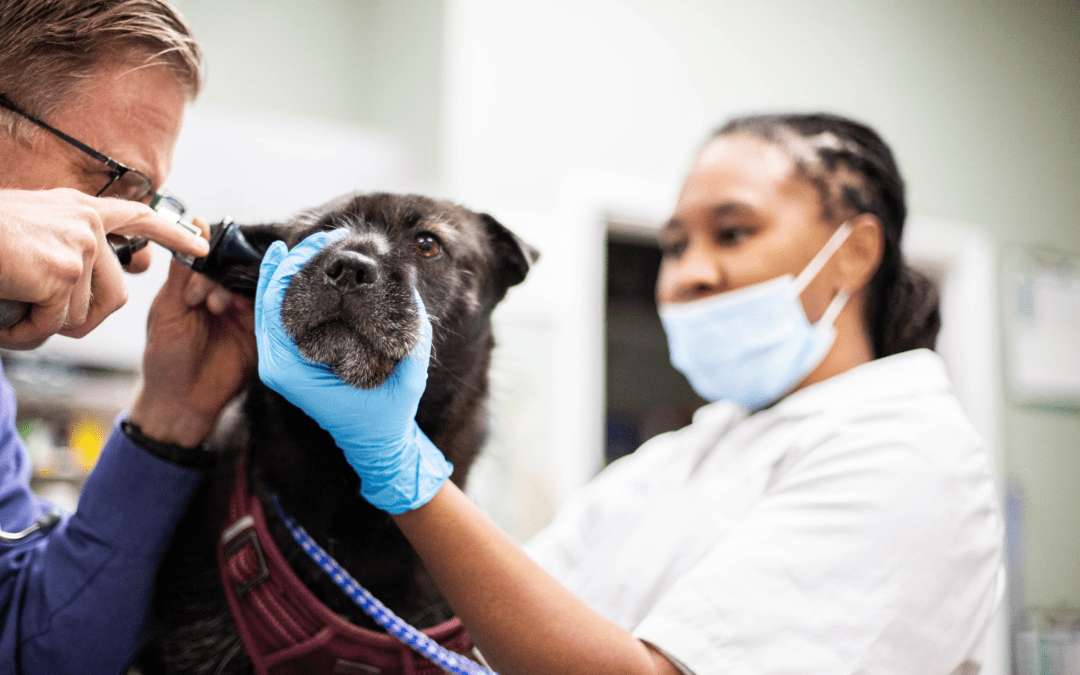Veterinary Technicians are essential to veterinary hospitals and serve similar roles to human nurses within the U.S. healthcare system. Contrary to common misconception, Vet Techs don’t play with puppies and kittens all day. Rather, Vet Techs work alongside veterinarians and veterinary staff to assist with all clinical procedures. On a given day, a Vet Tech might perform a dental cleaning, draw blood to run labs, assist with an ultrasound, take radiographs, scrub into a surgery, and more.
In the United States, credentialed Veterinary Technicians—those that have graduated from accredited programs and passed the national exam—are known as Registered Veterinary Technicians (RVTs), Licensed Veterinary Technicians (LVTs), Certified Veterinary Technicians (CVTs), and Licensed Veterinary Medical Technicians (LVMTs), depending on the state.
If you are interested in becoming a Vet Tech, find out if the profession is right for you and what steps you can take to get started on this path.
1. Explore the “Why”
All Veterinary Technicians will tell you that they got into the profession because they love animals. This is a given. But being a Vet Tech is tough work, and it is not for the faint of heart. Getting credentialed requires a minimum of two years of schooling, countless hours of first-hand experience in clinics, and strong critical thinking and interpersonal skills.
Vet Techs work long hours under stressful conditions with (sometimes) fractious patients. With that said, many find the work to be extremely rewarding. It’s important to note, however, that the pay can be a deterrent. The mean annual wage for Veterinary Technologists and Veterinary Technicians in the United States is $38,250 a year, according to the U.S. Bureau of Labor Statistics. If pay is a top priority, this may not be the career path for you.
2. Research Your State’s Requirements
The next step is to research your state’s requirements. The majority of states offer AVMA CVTEA-accredited programs, which means that they meet the Standards of Accreditation set forth by the American Veterinary Medical Association (AVMA) Committee on Veterinary Technician Education and Activities (CVTEA). Most programs are for an associates or bachelor’s in veterinary technology or veterinary nursing and prepare graduates to take the Veterinary Technician National Exam (VTNE). In some cases, distance learning options are available.
Note: There is a movement towards standardizing credentialing. The term “Veterinary Technician” can mean many different things depending on the state that you reside in. In addition, some states offer alternative credentialing pathways for those who have years of experience working in the field.
3. Research Programs and Apply
Search AVMA-accredited programs to find a program with full accreditation and to read about prerequisites for applying, like a GED or equivalent. Some programs also require applicants to complete GE courses in advance. For individuals who cannot attend class in person, there are alternative routes like online study, which requires concurrent first-hand clinical experience and supervision.
Once you are have been accepted into a program, you can expect to learn about the following veterinary technology topics: basic animal husbandry, large animal medicine, exotic animal medicine, emergency and critical care, anesthesiology, parasitology, pharmacology, dentistry, anatomy and physiology, laboratory animal technology, surgical nursing, medical calculations, pathology, diagnostic imaging, and more.
4. Gain Clinical Experience
Accredited veterinary technology programs require internship hours for graduation. Your book knowledge is one thing, but basic clinical skills—catheter placement, blood draws, vaccine administration, anesthesia monitoring, and more—are essential for your success.
Consider applying to your local veterinary clinic to gain first-hand experience. Smaller hospitals will expose you to a variety of skills, whereas specialty hospitals will likely place you in a specific department, such as emergency, surgery, internal medicine, or ICU. This is a good time to figure out your interests. You might choose to gain experience in shelter medicine, wildlife rehabilitation, zoo medicine, or other focus areas. As an added tip, get the most out of your school experience and join your NAVTA student chapter!
5. Pass the VTNE
After graduating, you will sit for the VTNE. The test is challenging, but there are numerous resources available to help you prepare, including booklets, apps, interactive websites (check out VetTechPrep), and more. Passing the VTNE is a big deal. Once you have passed your exam, you will register with the Veterinary Medical Board and officially earn the title of RVT, LVT, CVT, or LVMT and take the official Veterinary Technician’s Oath.
While this is just a glimpse of the dedication it takes to become a credentialed Veterinary Technician, take time to carefully review the pros and cons of the job. The Vet Tech profession is not for everyone, but for the right person, it can be everything. To learn more about the state-by-state responsibilities of a credentialed Veterinary Technician, check out NAVTA’s informative Veterinary Practice Act infographic.







